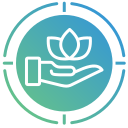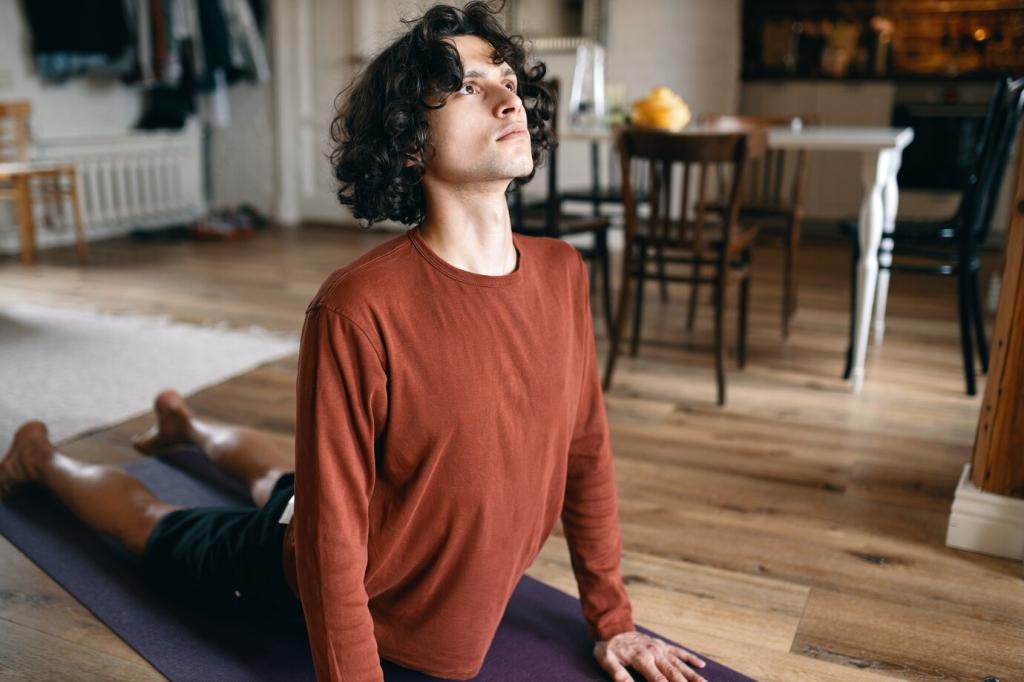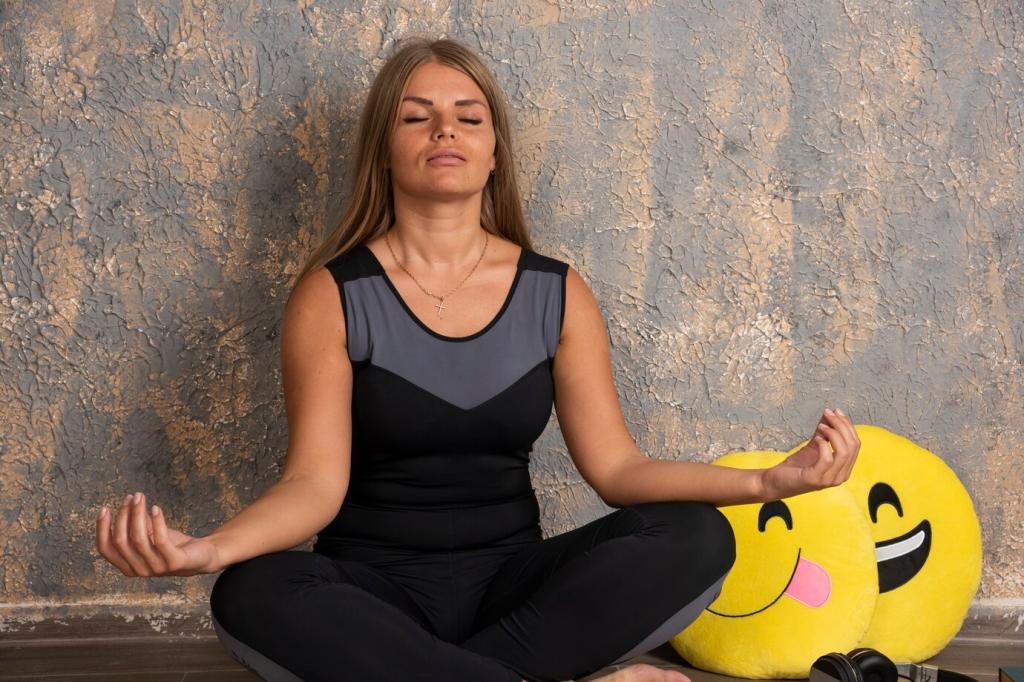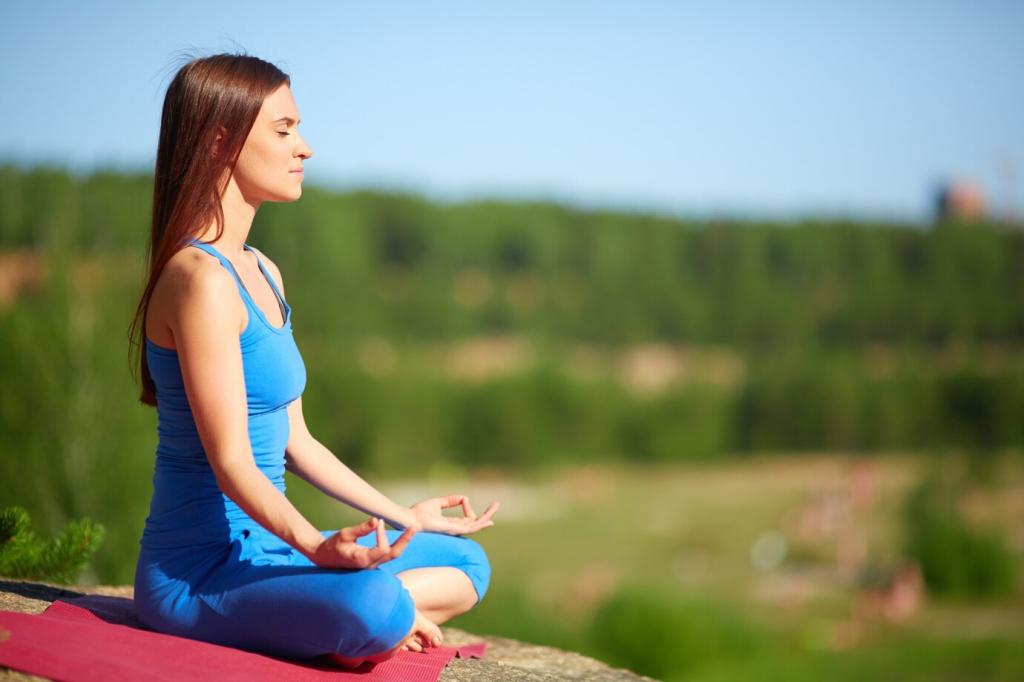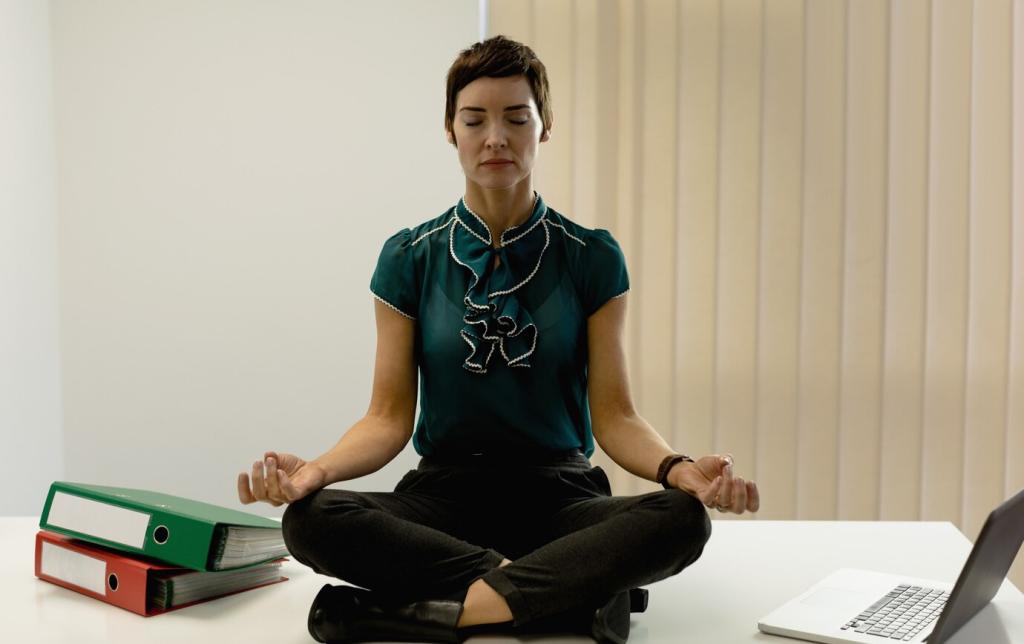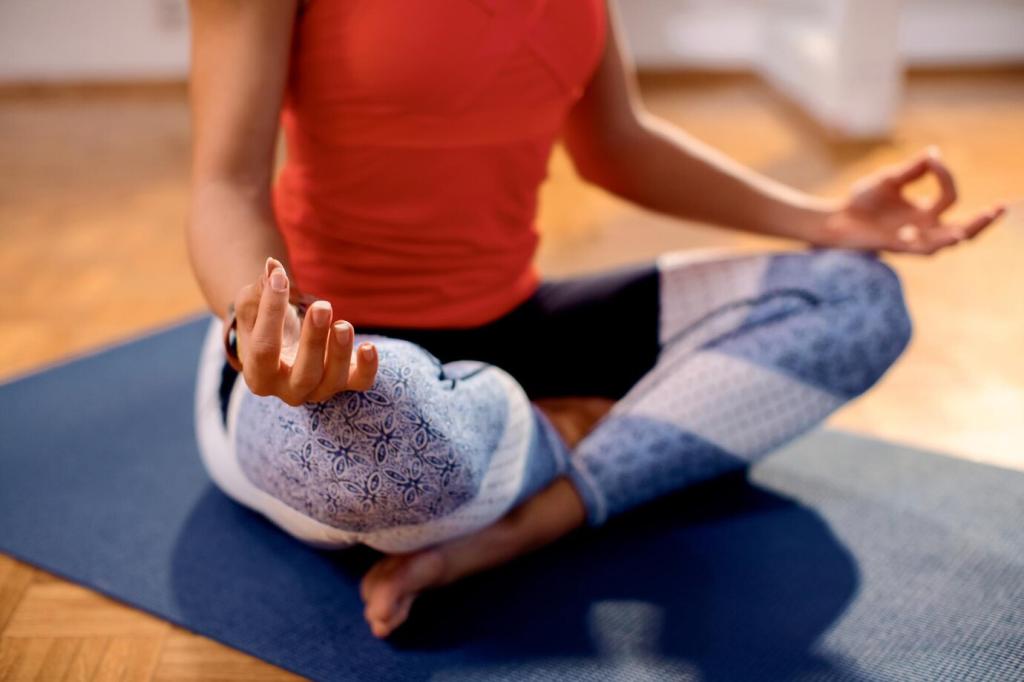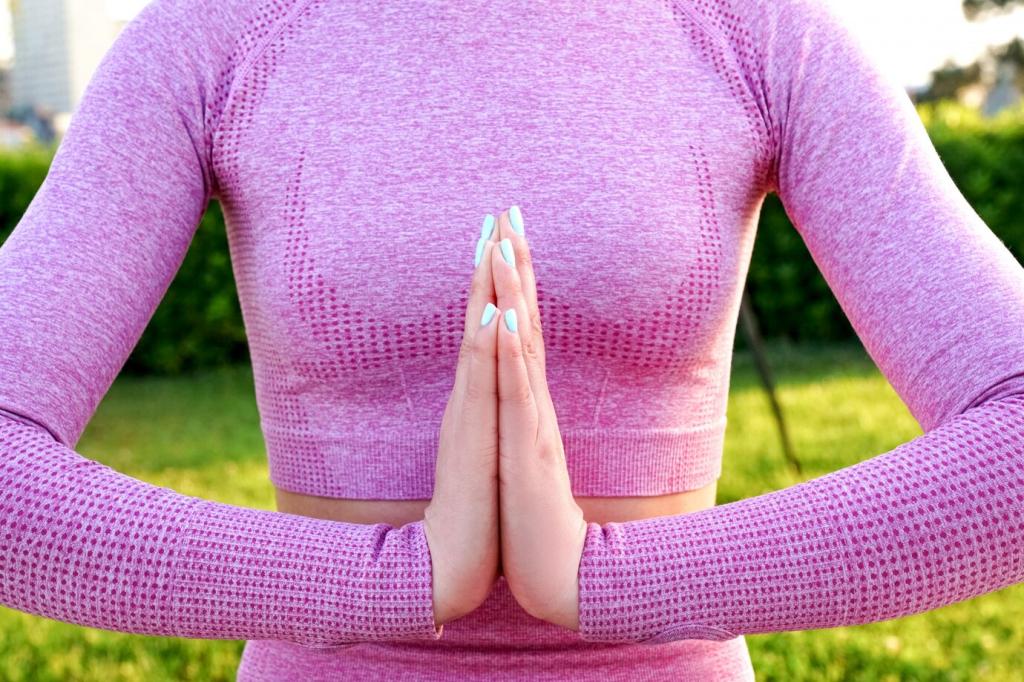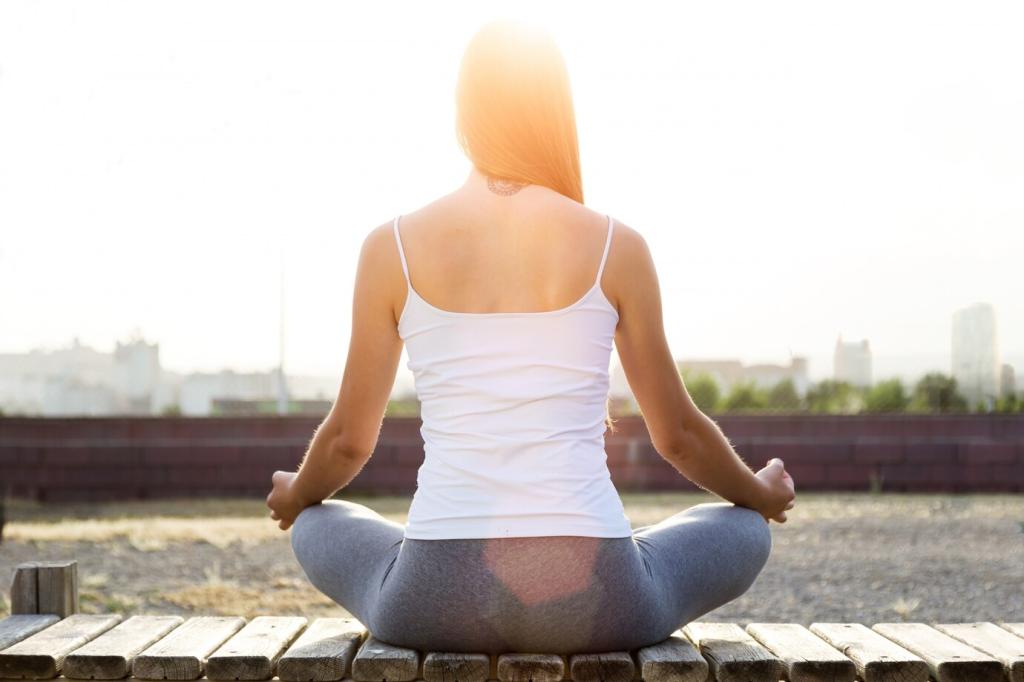Loving-Kindness to Soothe the Inner Critic
Repeat softly, “May I feel safe. May I be peaceful. May I meet this moment with ease.” Let the words ride your breath. If resistance arises, include it in the wish. Post the phrase that resonated most, helping another reader craft their personal mantra for anxiety relief.
Loving-Kindness to Soothe the Inner Critic
Extend the same phrases to a friend, a neutral person, and even someone difficult. This widens your field of care, easing social anxiety’s edges. Try five minutes and share how your body felt when you included the difficult person—tightness, warmth, or unexpected lightness can all be informative.
